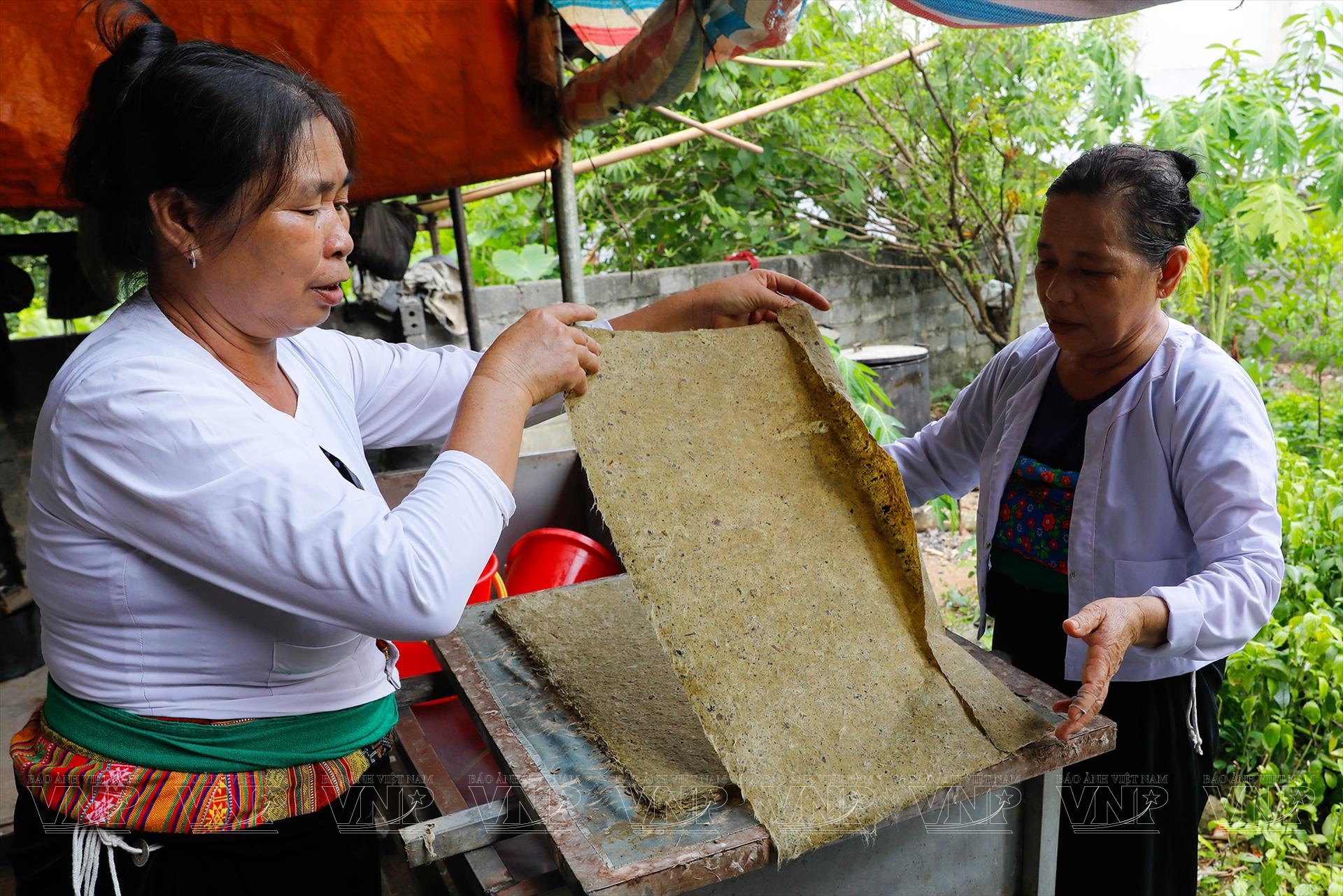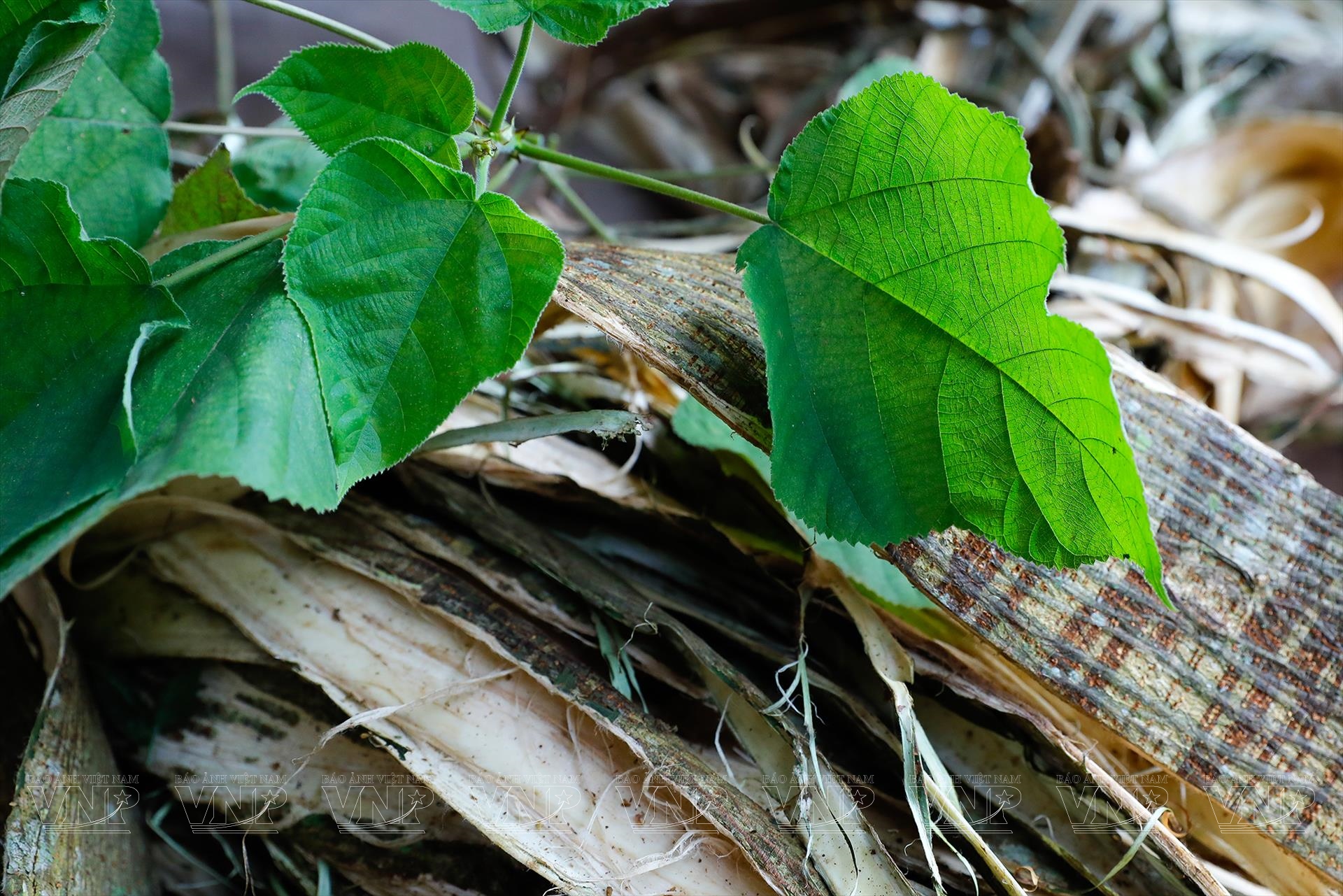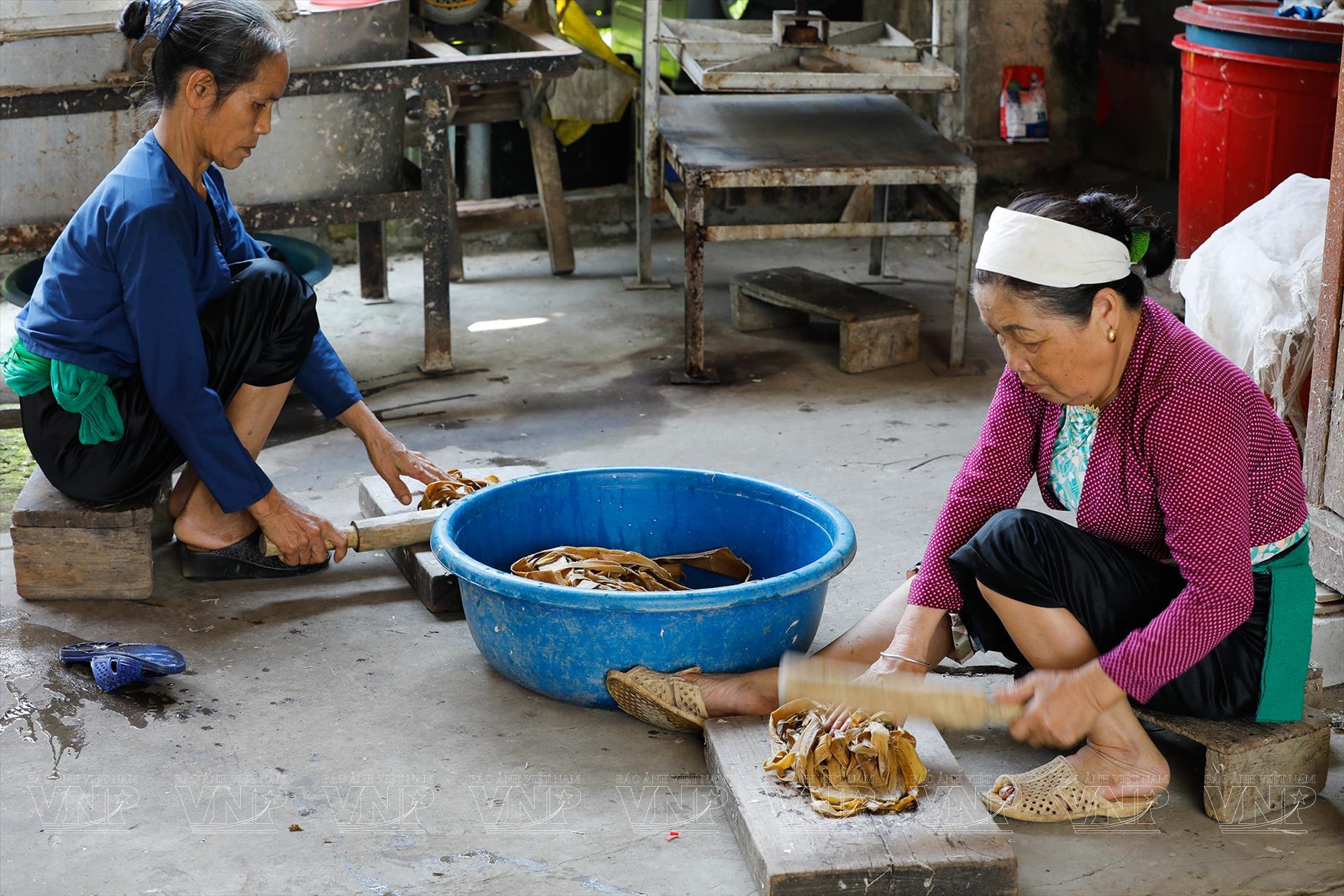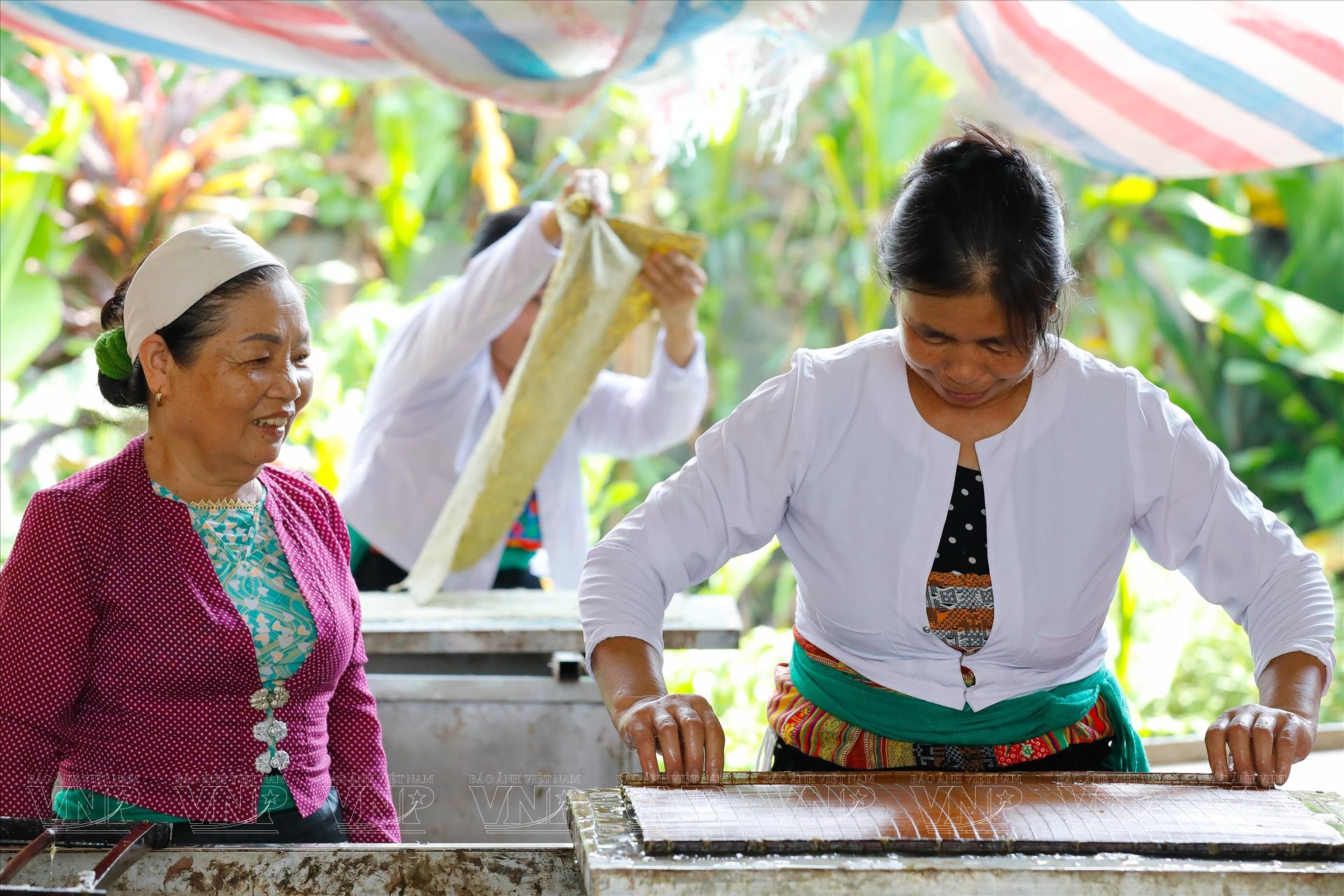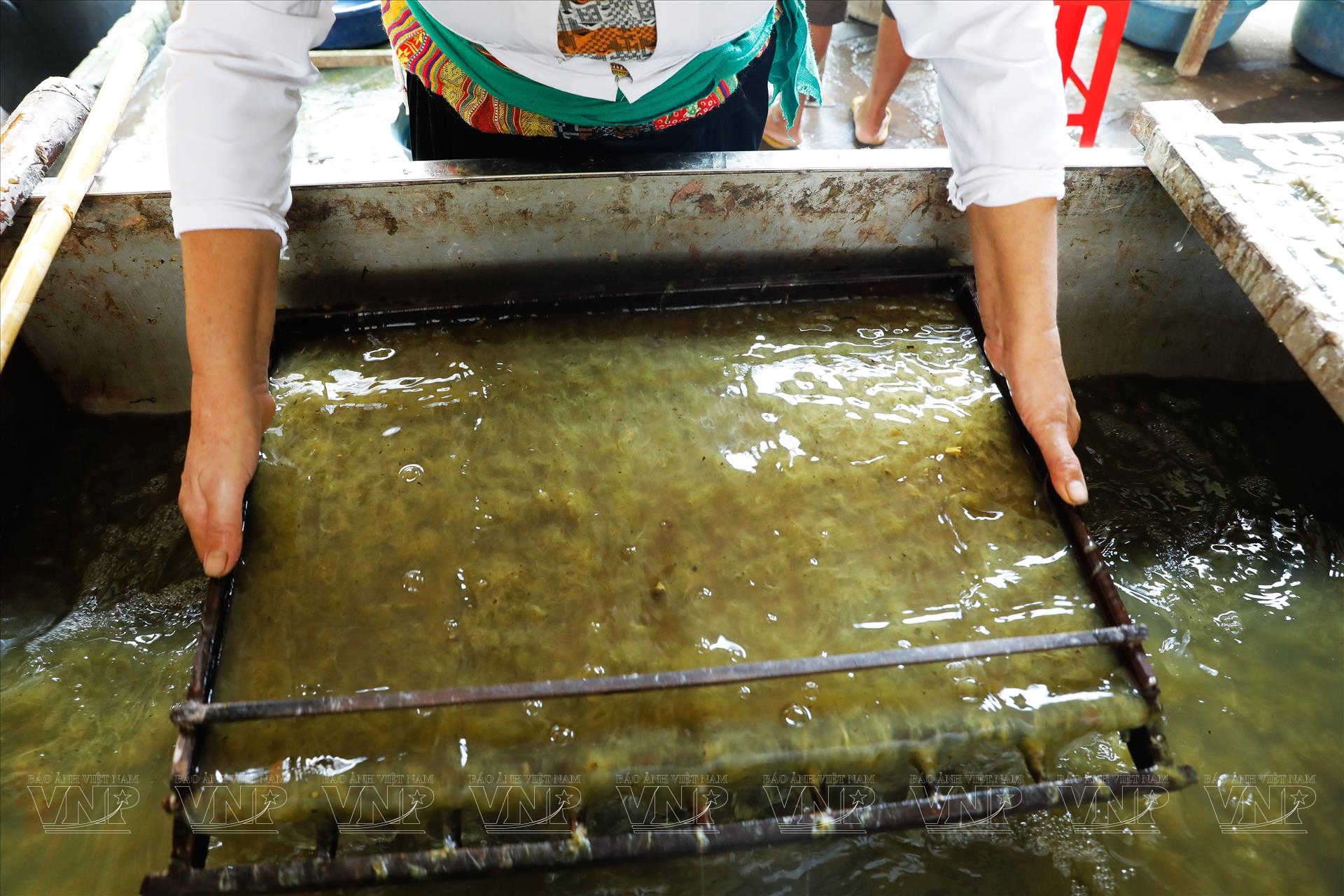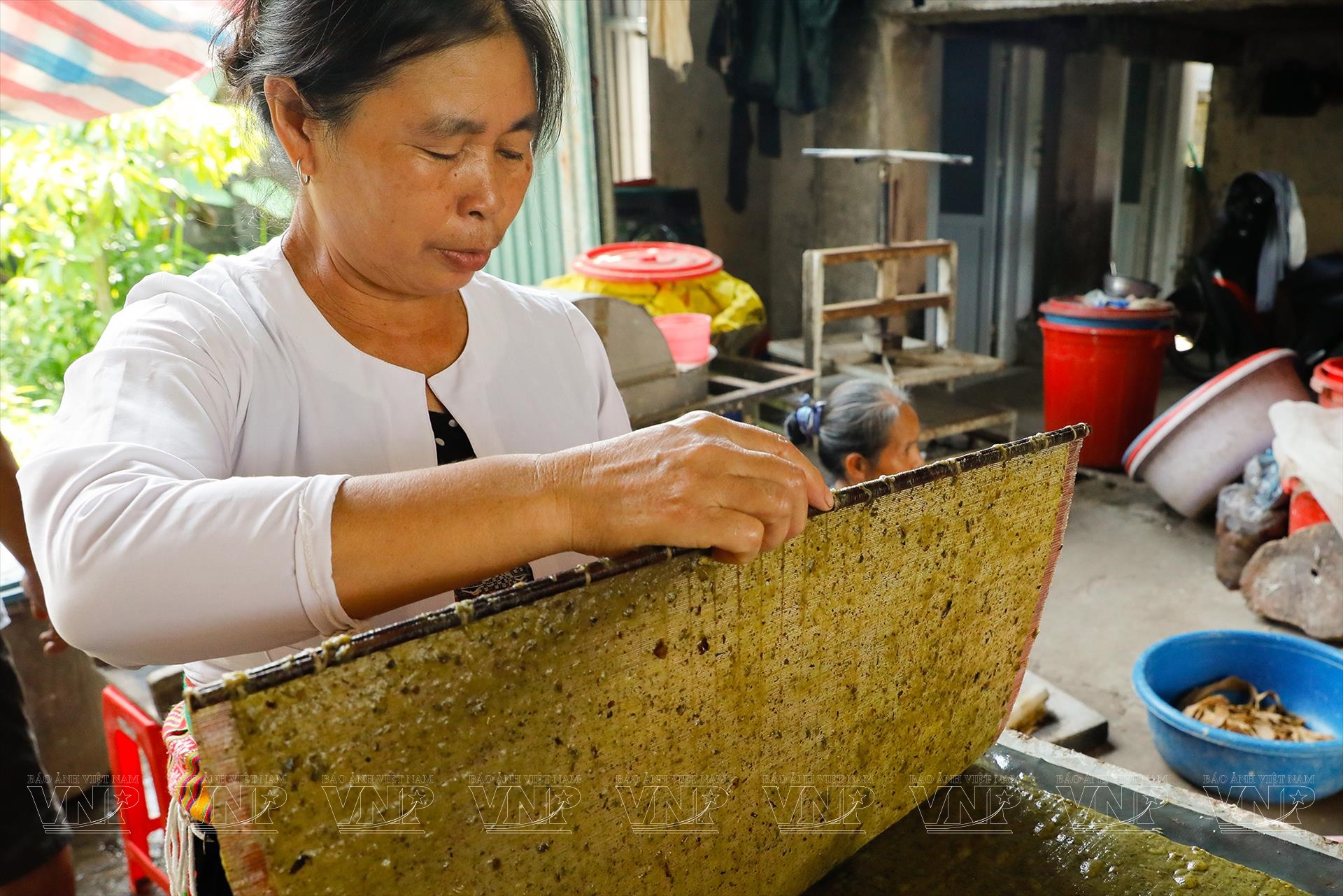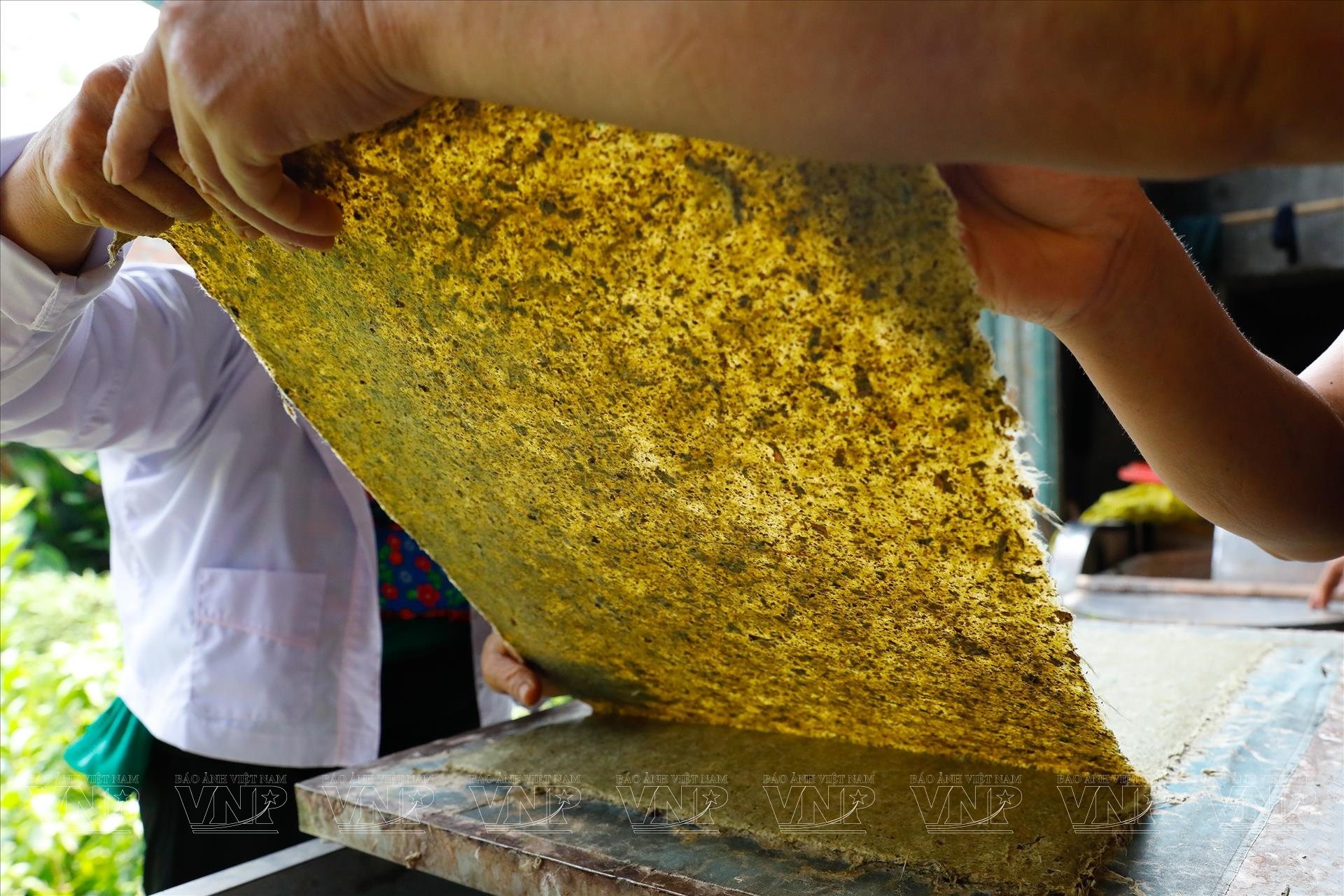Do Paper Made by the Muong
Deep in the Muong village in Suoi Co hamlet, Cao Son commune, Luong Son district, Hoa Binh province, there is a family still making do paper in the ancient way. It is the household of Hoang Thi Hau.
After being introduced to Vietnam in the 13th century, do paper soon became widely used by Vietnamese people in their daily lives, especially in activities to spread information by writing and also to print paintings. Modernization gradually did away with this traditional paper and replaced it with more efficient ones. By the end of the 1990s, the craft of making do paper was almost forgotten.
Vietnam had two villages well-known for making do paper, Yen Thai village (Hanoi) and Dong Cao village (Yen Phong, Bac Ninh). These were places where the craft of making do paper used to flourish. Now, however, Yen Thai only exists in folk songs while Dong Cao has a few households doing the craft.
Surprisingly, in Suoi Co hamlet, Cao Son commune, Luong Son district, Hoa Binh province, we can find Muong who are still making dó paper in the ancient way. Visiting the family of Hoang Thi Hau, the only household in Suoi Co still making dó paper, she told us about the journey that brought her to the profession and also her feelings about sticking to this unique traditional craft for so many years.
Nguyen Van Chuc, Hau's husband, still can recall that difficult time. All year long, he would look forward to Tet holiday, the only time of the year when he could take dó paper to Hanoi and find customers among the couplet writers at the Temple of Literature. Many times he tried to go further to the town of Thanh Nam (Nam Dinh) to find buyers and as many times he carried the pile of papers back home. Struggling to search for an outlet for Suoi Co do paper, Hau was ready to put away her paper mold.
Just as they were ready to call it quits, Chuc met the Zo Project, a group of Hanoians who loved do paper and wished to preserve a precious traditional craft. Appreciating Chuc’s family’s efforts for the profession, they placed orders and helped him sell the paper. They also organized tours to visit his family to see the process of making the paper. They even brought do paper made by Hau to exhibitions and helped export them. Thanks to these young people, Hau's small do paper-making workshop survived and become well known.
Toward the end of our conversation, when everyone was talking about the meaning of preserving the traditional craft of making do paper, Chuc interrupted to talk about his biggest wish, for the price of do paper to double so that everyone can make a living by making it. That way, on the hills of Suoi Co, the scene of Muong cutting duong trees, pounding the bark and making paper could be seen day and night.
By Viet Cuong/VNPTranslated by Hong Hanh
